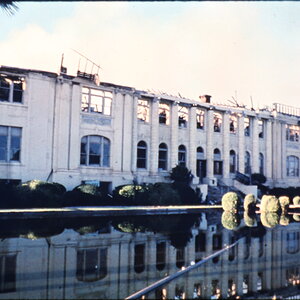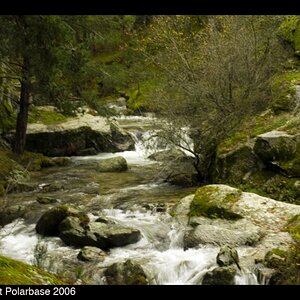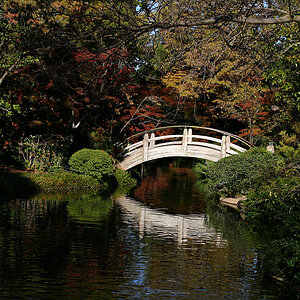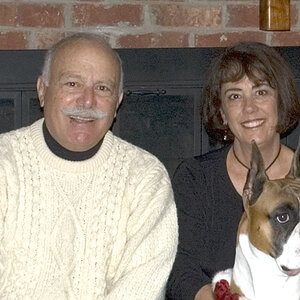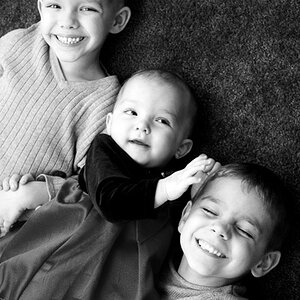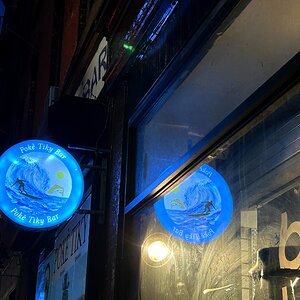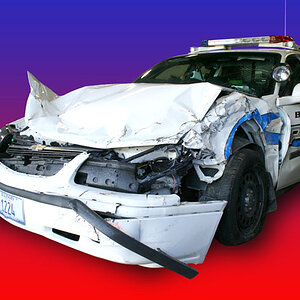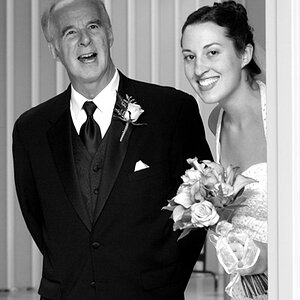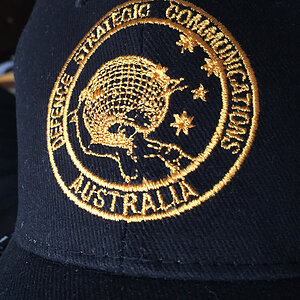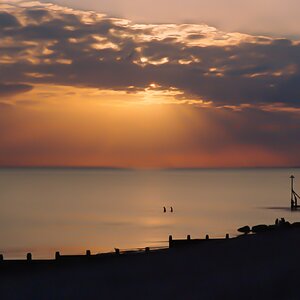kensdadsdogsdead
TPF Noob!
- Joined
- Jul 8, 2016
- Messages
- 1
- Reaction score
- 0
- Can others edit my Photos
- Photos OK to edit
Hi All.
Can anyone identify this camera?
I suspect it is a Daguerreotype but not certain.
The lens is a Ross.
Thanks


Can anyone identify this camera?
I suspect it is a Daguerreotype but not certain.
The lens is a Ross.
Thanks


